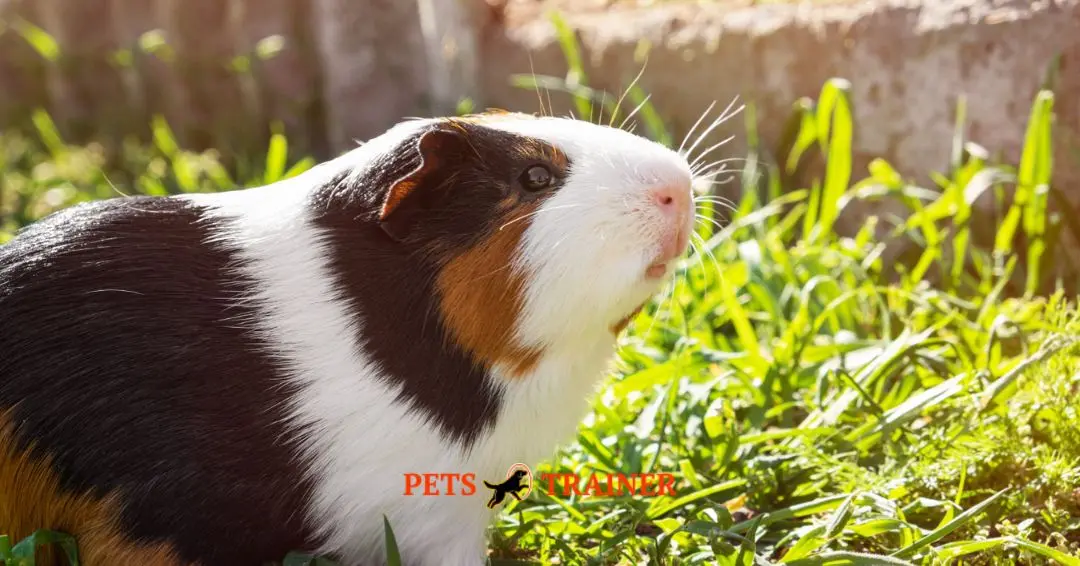Table of Contents
ToggleIs your furry friend terrified of thunderstorms, fireworks, or loud noises in general? If so, you are not alone. Noise phobia is a common issue among pets that can lead to anxiety and distress for both the animal and their human companions. But fear not; there are effective desensitization techniques that can help alleviate their fear and improve their quality of life.
In this article, I will explore innovative strategies and tools to help pet owners manage noise phobia in their beloved companions. From gradual exposure therapy to specialized sound recordings, discover how to empower your pet to overcome its fears and embrace a more peaceful state of mind.
Understanding Noise Phobia in Pets
Desensitization strategies are a valuable tool in managing noise phobia in pets. Gradually exposing the animal to increasingly louder noises in a controlled environment can reduce their fear response. This process involves patience and consistency but can significantly improve the pet’s reaction to loud sounds.
In addition to desensitization, creating a safe space for your pet during noisy events is essential. Providing a cozy den or area where they feel comfortable and secure can help alleviate their anxiety. Incorporating comforting elements like familiar toys, blankets, or calming music can further aid in reducing stress levels during times of high noise intensity.
7 Effective Desensitization Techniques
Start Early
One effective desensitization technique for noise phobia in pets is to expose them to gradually increasing levels of fearful sounds from a young age. By starting this process early, pets can develop coping mechanisms and resilience to loud noises. This approach can help prevent the intensification of noise phobia as they grow older, leading to a more well-adjusted and less anxious pet.
Starting desensitization techniques for noise phobia in pets early on can have long-lasting positive effects on their mental health and overall quality of life.
Create a Safe Space
Desensitization strategies have proven successful in helping pets overcome noise phobia and create a safe space. Gradual exposure to the triggering noise and positive reinforcement can help reduce their fear over time. Creating a calm environment during these sessions is critical to ensuring the effectiveness of the desensitization process.
By implementing desensitization techniques in a safe space, pet owners can help their furry companions feel more secure and confident when faced with noise triggers. Providing a comfortable environment free from distractions during these training sessions can enhance the effectiveness of the process. By understanding and addressing your pet’s fears through desensitization, you can create a harmonious environment where they feel safe and supported.
Gradual Exposure
One effective desensitization technique for noise phobia in pets is gradual exposure through controlled sound levels. By introducing the triggering noise at a low volume and slowly increasing the intensity over time, pets can learn to tolerate and eventually overcome their fear.
This method helps pets build their tolerance towards loud noises and gives them a sense of empowerment as they gradually acclimate to what once caused distress. As animals become more familiar with the noise in a controlled setting, they can learn healthy coping mechanisms that reduce anxiety and panic when faced with similar real-life situations.
Positive Reinforcement
Positive reinforcement is a powerful tool in desensitization techniques for pet noise phobia. By associating the feared noise with something positive, such as treats or toys, pet owners can help their furry companions overcome their anxieties. This approach helps distract the pets from the loud noises and reinforces a positive connection with the previously dreaded sound.
Moreover, incorporating positive reinforcement can build confidence in pets and empower them to face their fears head-on. With consistent practice and patience, pets can learn to react calmly to loud noises instead of panicking or becoming agitated.
By rewarding desired behaviors and gradually increasing exposure to trigger sounds, pet owners can effectively help their pets conquer noise phobia through positive reinforcement techniques.
Desensitization Recordings
Desensitization techniques for noise phobia in pets have proven effective in providing relief and improving their quality of life. One innovative approach that has gained popularity is the use of desensitization recordings. These specially crafted recordings are designed to gradually expose pets to the sounds that trigger their anxiety, helping them develop a tolerance over time.
By utilizing desensitization recordings, pet owners can create a controlled environment where they can play the triggering noises at a low volume and gradually increase them as the pet becomes more comfortable. This process allows pets to associate the sounds with calmness rather than fear, ultimately reducing their anxiety levels.
Consistency
Consistency is vital regarding desensitization strategies for noise phobia in pets. By consistently exposing your furry friend to the triggering sounds at a gradual and controlled pace, you can help them build up tolerance over time. This process requires patience and dedication, as rushing or inconsistent training may result in setbacks.
Moreover, maintaining a consistent routine and approach throughout the desensitization process will help reinforce positive associations with the feared noises. Consistency helps your pet feel more secure and predictable during training sessions and promotes long-term success in managing their noise phobia.
Professional Guidance
Professional guidance is crucial when implementing desensitization techniques for noise phobia in pets. Working with an experienced trainer or behaviorist can provide tailored strategies to help your furry friend overcome their fears effectively. These professionals have the expertise to create a gradual exposure plan and adjust it as needed based on your pet’s progress.
In addition, seeking professional guidance can ensure you use the most up-to-date and proven desensitization techniques. With their knowledge and experience, trainers and behaviorists can offer valuable insights into supporting your pet best while overcoming noise phobia. By enlisting their help, you can feel confident that you are providing your pet with the most effective treatment possible to improve their quality of life.
Conclusion
In conclusion, desensitization techniques have proven effective in helping pets overcome noise phobia. By gradually exposing them to triggering sounds and providing positive reinforcement, pet owners can help their furry companions build tolerance and reduce fear responses.
Being patient and consistent when implementing these techniques is essential, as progress may take time. With dedication and the right approach, pets can learn to cope with loud noises and lead happier, less anxious lives. For pet owners struggling with noise phobia in their pets, seeking guidance from a professional trainer or behaviorist can provide valuable support in this process.
FAQs
1. What is noise phobia in pets?
Noise phobia is an extreme fear or anxiety response that some pets experience in reaction to loud or sudden noises.
2. How do desensitization strategies help with noise phobia?
Desensitization techniques gradually expose the pet to the triggering noise at a low intensity, helping them build tolerance and reduce their fear response over time.
3. Are desensitization techniques effective for all pets with noise phobia?
While desensitization can be effective for many pets, individual results may vary depending on the severity of the phobia and the pet’s overall temperament.
4. Can I try desensitization techniques at home with my pet?
Yes, many desensitization exercises can be done at home under a veterinarian’s or animal behaviorist’s guidance.
5. How long does it take to see results from desensitization techniques?
Results from desensitization can vary, but consistent practice over several weeks to months is typically needed to significantly improve your pet’s response to noise triggers.
6. Are there any risks in using desensitization techniques for noise phobia?
When done correctly and under professional guidance, desensitization techniques carry minimal risk. However, monitoring your pet’s stress levels during training sessions is essential.
7. Can medication be used in conjunction with desensitization techniques?
In some cases, veterinarians may recommend combining medication with desensitization techniques to help manage severe noise phobia more effectively.
8. Is it possible for pets to overcome their noise phobia entirely through desensitization?
While complete elimination of noise phobia is not guaranteed, many pets can significantly improve their fear response and learn coping mechanisms through the consistent use of desensitization techniques.

Dr. Usman Bajwa, a dedicated veterinarian with a passion for pets, brings years of expertise to the world of pet grooming. Through his blog, he shares valuable insights and practical tips to help pet owners provide the best care for their furry companions. With a focus on promoting the health and happiness of pets, Dr. Usman articles offer easy-to-follow guidance on grooming techniques. When he’s not writing, you can find him at his clinic or enjoying time with his own beloved pets.




